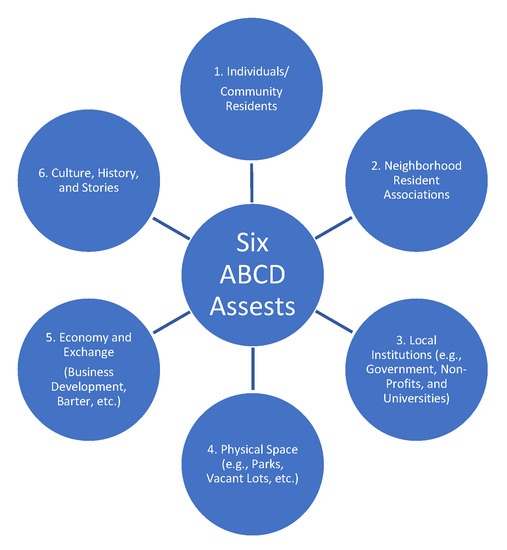Societies 2021, 11(2), 36; https://doi.org/10.3390/soc11020036 - 20 Apr 2021
Cited by 8 | Viewed by 6752
Abstract
►
Show Figures
The paper aims at developing new understandings of agency, or capacity to make a difference, which is a central issue in childhood studies. Sixteen speeches delivered by climate activist Greta Thunberg between 2018 and 2019 are analyzed. The findings reveal 5 core reflexive
[...] Read more.
The paper aims at developing new understandings of agency, or capacity to make a difference, which is a central issue in childhood studies. Sixteen speeches delivered by climate activist Greta Thunberg between 2018 and 2019 are analyzed. The findings reveal 5 core reflexive operations (objectification, personification, sanctification, unification and diversification) underpinning the speeches. This is conducive to the hypothesis that Greta’s audience and the replications of demonstrations for climate justice are bound to 5 transactional horizons (activities, relations, values, images of self and motivations) identified as the symbolic landscapes channeling the social interactions in climate activism. Transactional horizons form a structure of intelligible categories linked to sensatory experience. These vectors of agency twist perceptual consciousness into a hierarchized reflective consciousness. The dominant perspective of agency within structure is challenged by this emerging paradigm of agency through structure, whereby the two terms are seen as fluid and sedimented states. Future directions are identified for interdisciplinary research, contributing to heightened awareness of recursive processes that may impact climate policies.
Full article

